Video content has become a powerful tool for engaging audiences and driving traffic. But creating compelling videos is only half the battle.
To truly maximize their potential, you need to ensure your videos are visible where it matters most: on Google.🎥
Ranking your videos high in search results not only increases visibility but also boosts your brand’s credibility and reach.
In this post, we’ll discuss the best practices for video SEO, offering actionable strategies to help your videos achieve top positions on Google.
So, without any further ado, let’s get started.
1 What is Video SEO?
Video SEO (Search Engine Optimization) is the practice of optimizing video content to improve its visibility and ranking on search engine results pages (SERPs).
The goal of video SEO is to ensure that videos are easily found by search engines like Google and appear prominently when audiences search for relevant content.
This process involves several key elements, including optimizing the video’s title, description, tags, and metadata with relevant keywords that match what audiences are searching for.
Additionally, factors such as the video’s thumbnail, engagement metrics (like views, comments, and shares), and the quality of the content itself play an essential role in determining how well a video ranks.
2 Best Practices for Video SEO
Let us now discuss the best practices for video SEO.
2.1 Create Video Content Around Popular Search Queries
To maximize the impact of your video content, it’s important to focus on topics that audiences are actively searching for.
This approach ensures that your videos meet existing demand, increasing the likelihood of attracting viewers.
The first step is to conduct thorough keyword research to identify what your target audience is searching for.
Tools like Google Trends, YouTube’s search bar, and keyword research tools can help you discover popular queries related to your niche.

For instance, if your channel focuses on fitness, you can find that exercise for weight loss and exercise for belly fat yoga are the most common search queries.
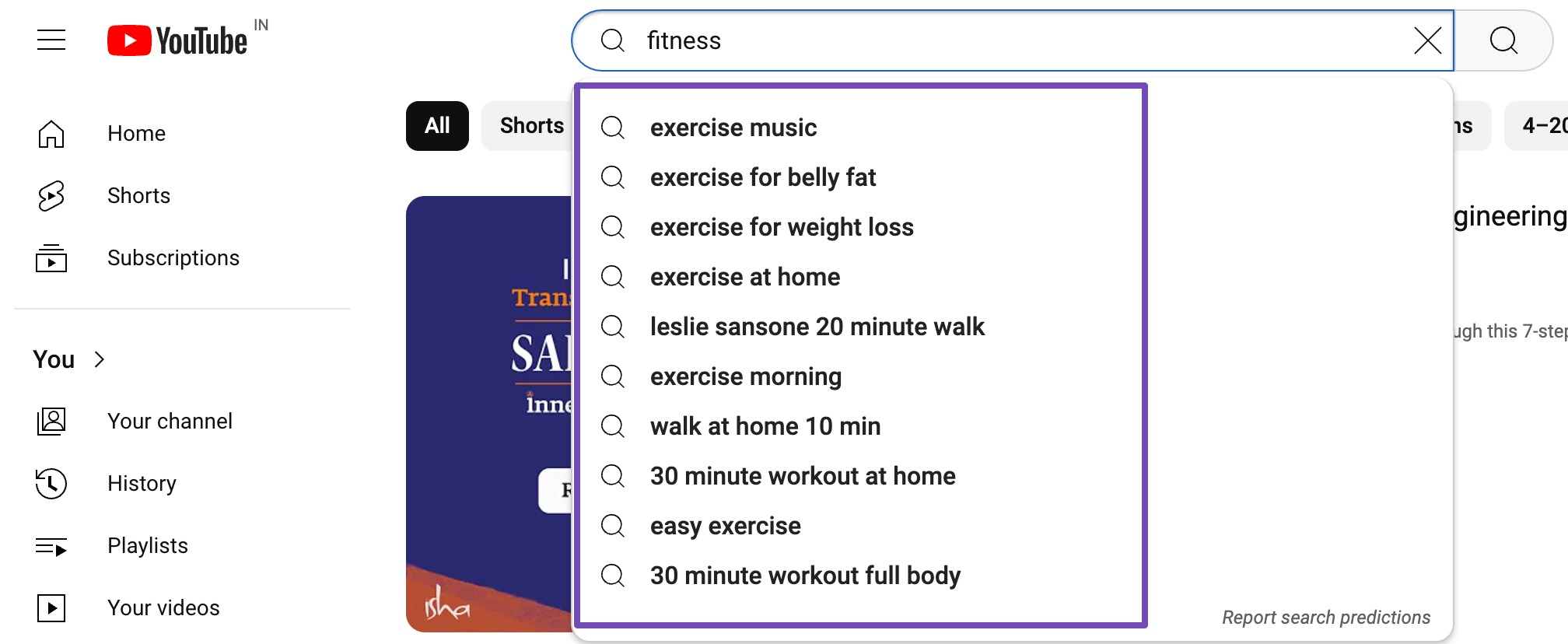
Creating videos around these topics can significantly boost your chances of ranking higher on Google and YouTube, as your content directly addresses what audiences are looking for.
By aligning your video content with popular search terms, you’re not only increasing the visibility of your videos but also providing value to your audience by answering their most pressing questions or needs.
This strategy helps in building a loyal audience base, as viewers are more likely to return to your channel for relevant and useful content.
2.2 Focus on High-Quality Video Production
Creating high-quality videos is a fundamental aspect of effective video SEO.
Search engines like Google and platforms like YouTube prioritize content that delivers value to viewers, and video quality plays a significant role in this.

When we talk about high-quality videos, we’re referring to both the technical aspects and the content itself.
For instance, a video with clear visuals, crisp audio, and smooth editing will naturally keep viewers engaged longer than one with poor lighting, background noise, or abrupt cuts.
If you’re creating a tutorial on How to Cook the Perfect Steak, ensuring that the video is shot in a well-lit kitchen with a good camera and clear voice-over instructions will make the content more enjoyable and easier to follow.
Moreover, high-quality content goes beyond technical execution. It’s also about providing valuable and relevant information that meets the needs of your audience.
Outline your video’s structure before you start filming, ensuring that it has a clear beginning, middle, and end. This helps maintain a logical flow and keeps viewers engaged.
With Rank Math’s Content AI, you can generate a full YouTube script in seconds—simply provide a title, context, and suggestions for visuals to include in your video.
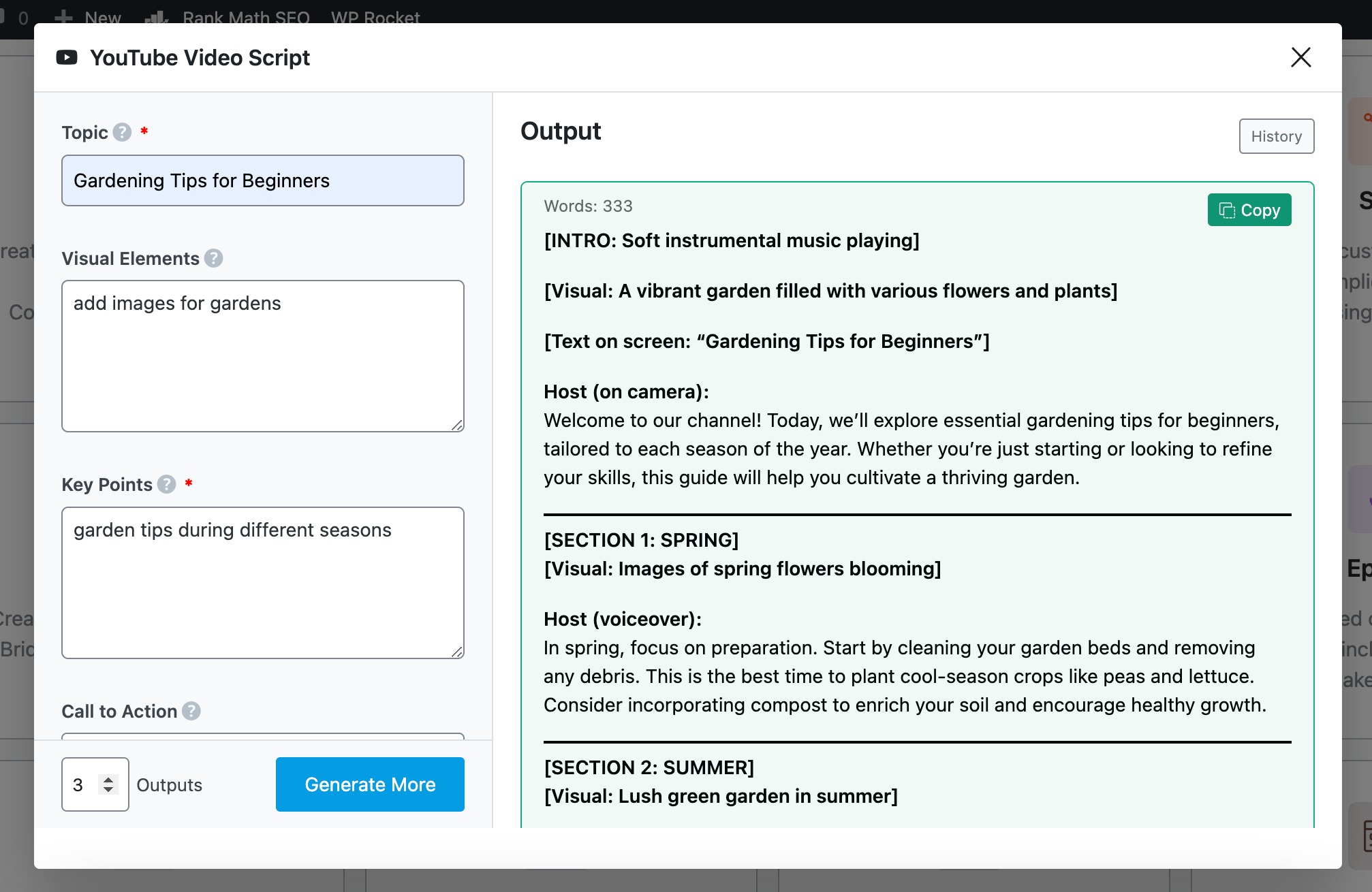
2.3 Ensure Your Video is Indexed by Search Engines
For your video content to be discoverable through search engines like Google, it must first be indexed. Indexing is the process by which search engines crawl and store information about your video so that it can appear in search results.
If your video isn’t indexed, it won’t be visible to the audience searching for relevant content, no matter how well-optimized it is.
Use Google Search Console
A straightforward way to check if your video page is indexed is by using Google Search Console.
After uploading your video to platforms like YouTube or embedding it on your website, head to Google Search Console and enter the URL of your video in the URL Inspection tool.

Google Search Console will tell you whether the video page has been indexed.
Search for Your Video on Google
Another simple method is to perform a Google search using a few specific keywords from your video title along with your brand name or video URL.
If your video appears in the search results, it means it’s indexed.
For instance, if your video is titled How to Use Content AI for FREE Forever, you can search for video topic+ [Your Brand Name] to see if it shows up on Google.
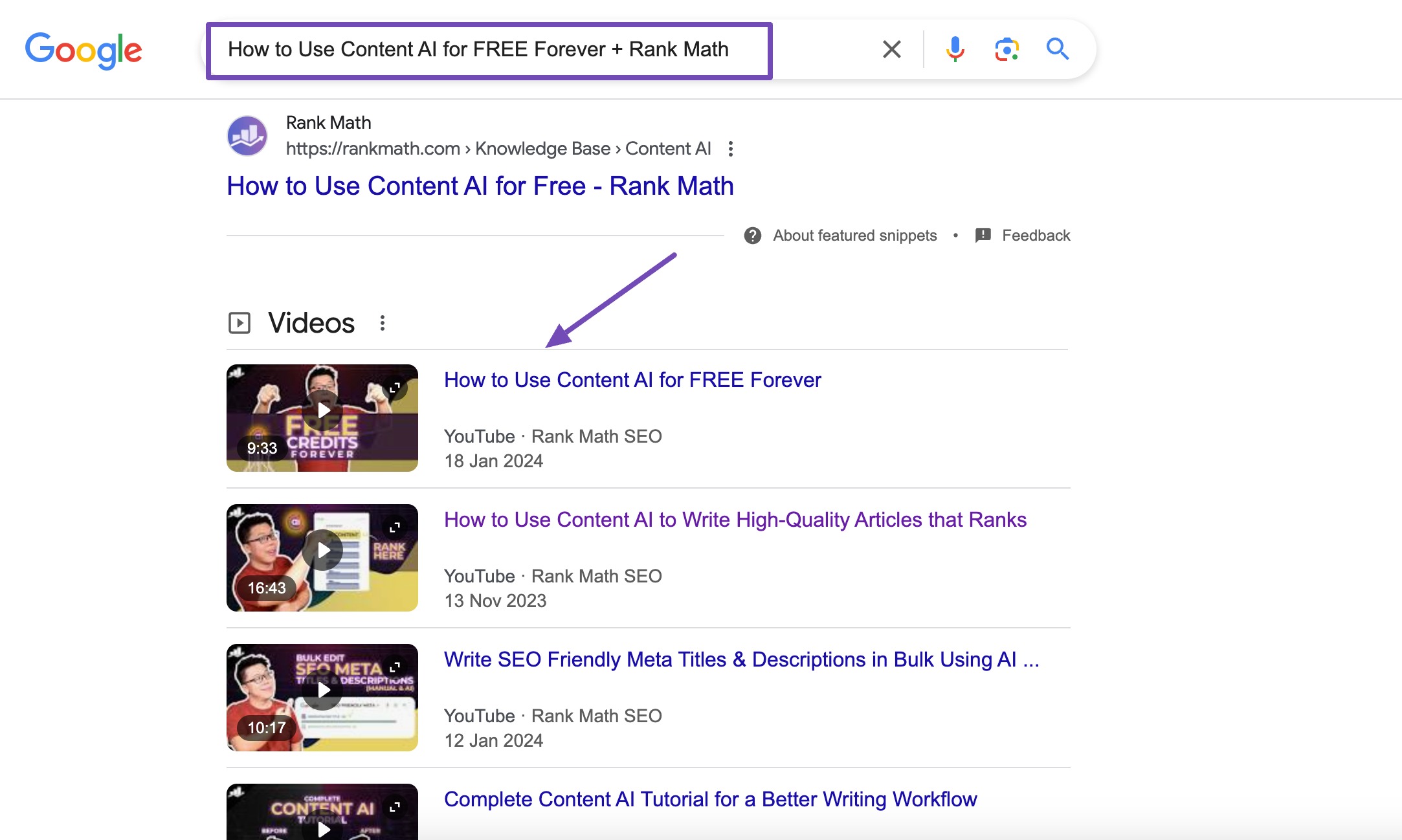
Submit a Video Sitemap
If your video isn’t indexed, you may need to take additional steps.
One effective strategy is to create and submit a video sitemap to Google.
A video sitemap provides search engines with metadata about your video, such as the title, description, and thumbnail, making it easier for them to discover and index your content.
Rank Math automatically looks for the presence of video content inside your posts, and if it finds any video content, it will add that post/page/CPT to the Video Sitemap.
You can find the video sitemap settings by navigating to Rank Math SEO → Sitemap Settings → Video Sitemap from your WordPress dashboard.
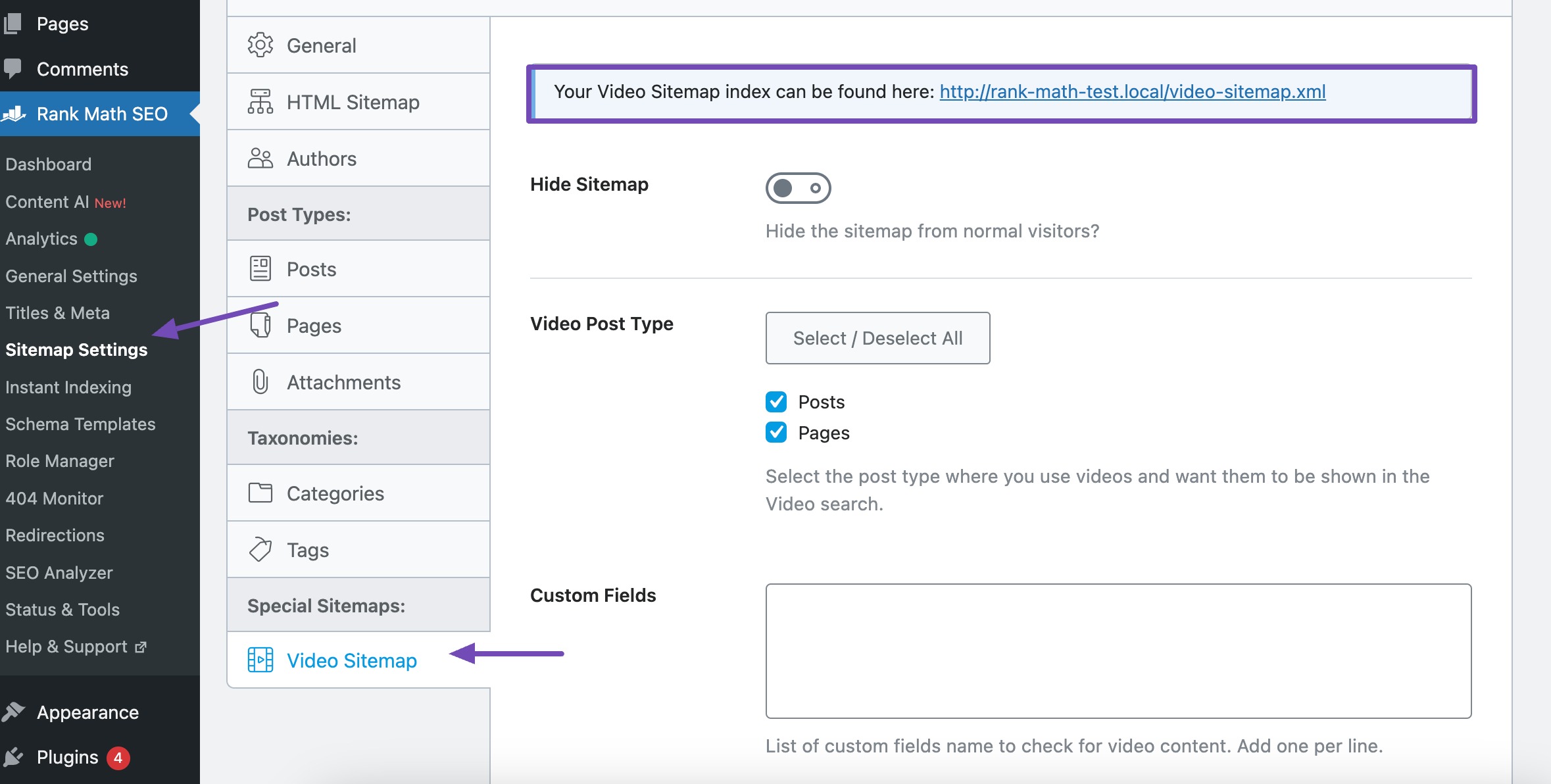
Refer to our dedicated tutorial on using Video Sitemaps in Rank Math.
Monitor Indexing Status Over Time
It’s also important to monitor your video’s indexing status over time, especially if you regularly update your content or add new videos.
Regularly checking your video’s indexing status helps you identify and resolve issues promptly, ensuring your content remains visible to your audience.
2.4 Optimize Your Videos for Better Video SEO
Optimizing your videos for SEO is essential to increase their visibility and ranking on search engines like Google and YouTube.
Effective video optimization ensures that your content is discoverable, relevant, and engaging to your target audience, ultimately driving more views, engagement, and conversions.
Create Compelling Titles and Descriptions
Your video title and description are the first things both search engines and viewers notice.
An optimized title should be concise, engaging, and include your primary keyword.

The description should provide a detailed overview of the video content, including secondary keywords, timestamps for key sections, and relevant links.
Enhance Video SEO With Structured Data
Adding structured data, also known as Schema markup, to your videos helps to optimize them for search engines.
Structured data provides search engines with detailed information about your video content, making it easier for them to understand and index your videos effectively.
This can lead to better visibility in search results and richer search snippets, which can significantly improve your video SEO.
Rank Math automatically detects video and adds Video Schema to your posts/pages.

Design Eye-Catching Thumbnails
Thumbnails play an important role in attracting clicks.
A well-designed thumbnail not only increases click-through rates (CTR) but also helps your video rank higher by signalling to search engines that your content is engaging.
An optimized thumbnail is visually appealing and accurately represents the content of the video. Use bold text, high-contrast colours, and relevant images to create a thumbnail that stands out.
When you enable the Autogenerate Image option in Rank Math, it can automatically generate a thumbnail whenever it detects a new video.

Use Transcripts and Closed Captions
Adding transcripts and closed captions to your videos can significantly boost your video SEO.
Transcripts provide additional text for search engines to crawl, improving your video’s chances of ranking for relevant keywords.
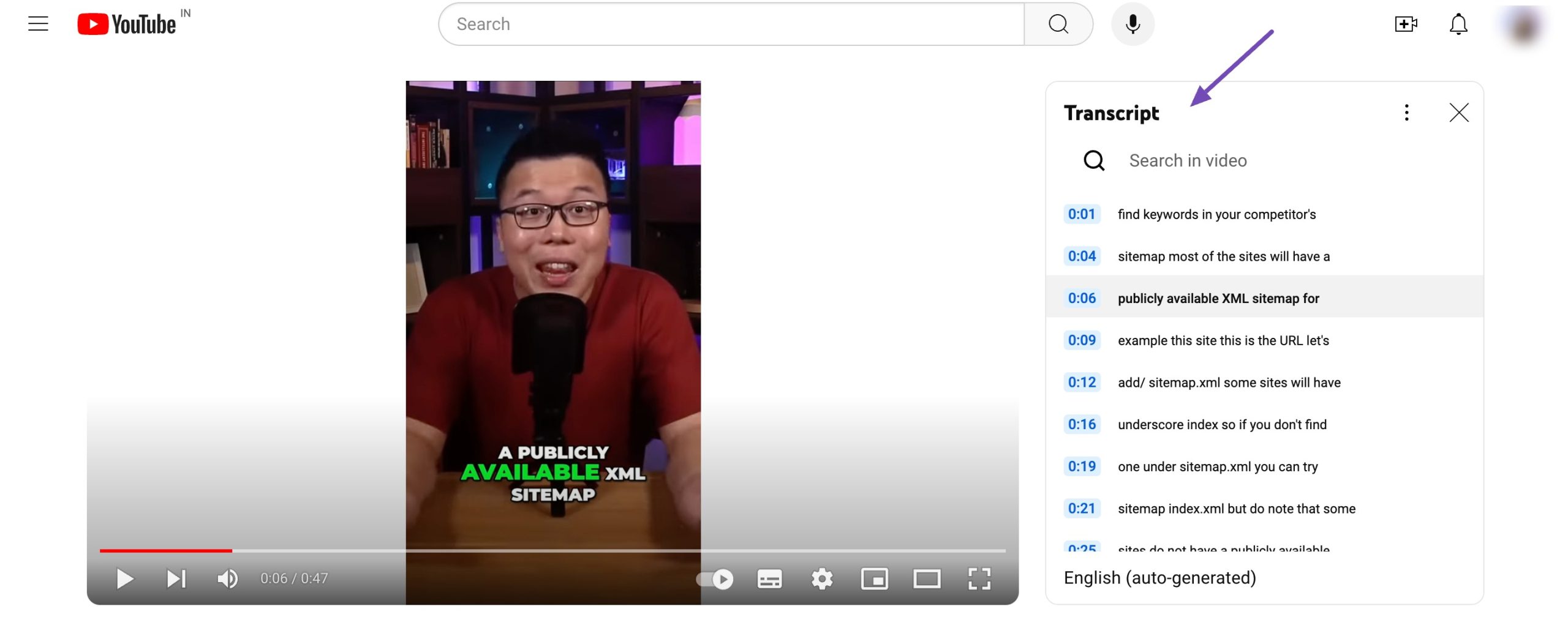
Closed captions enhance accessibility, making your video available to a broader audience, including those who are hearing impaired or watching without sound.
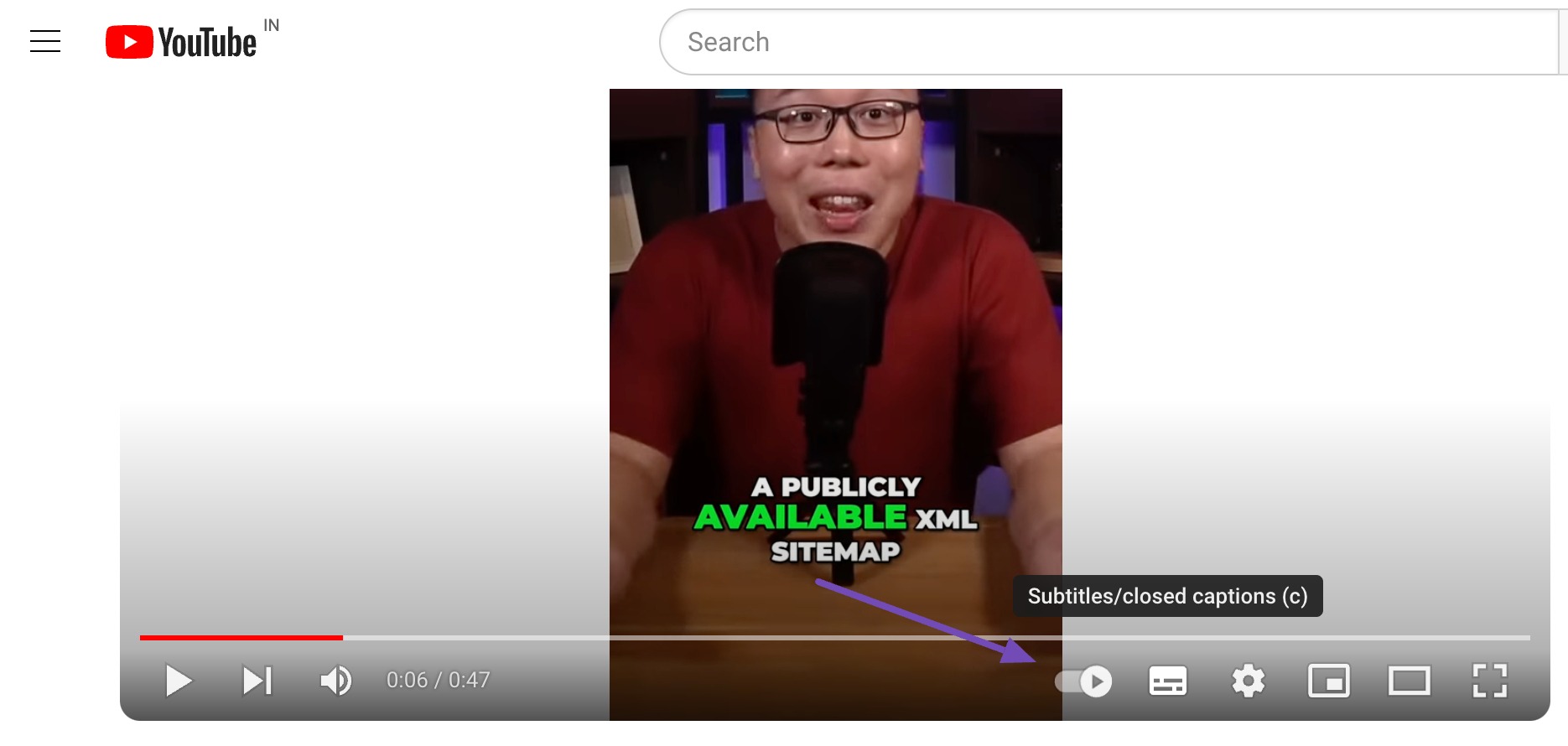
Optimize Video File Names and Tags
Before uploading your video, ensure that the file name is optimized with relevant keywords.
Instead of using generic names like video1.mp4, use descriptive names like home-workout-routines.mp4.
Additionally, use tags to categorize your video and associate it with relevant topics. Tags help search engines understand the content of your video and match it with user queries.
Add Time Stamps to Your Videos
Adding time stamps to your videos is a powerful video SEO tactic that enhances user experience and improves your content’s search engine ranking.
Time stamps, also known as video chapters, break down your video into segments, each with its own label. This makes it easier for viewers to navigate and find the specific information they’re looking for.
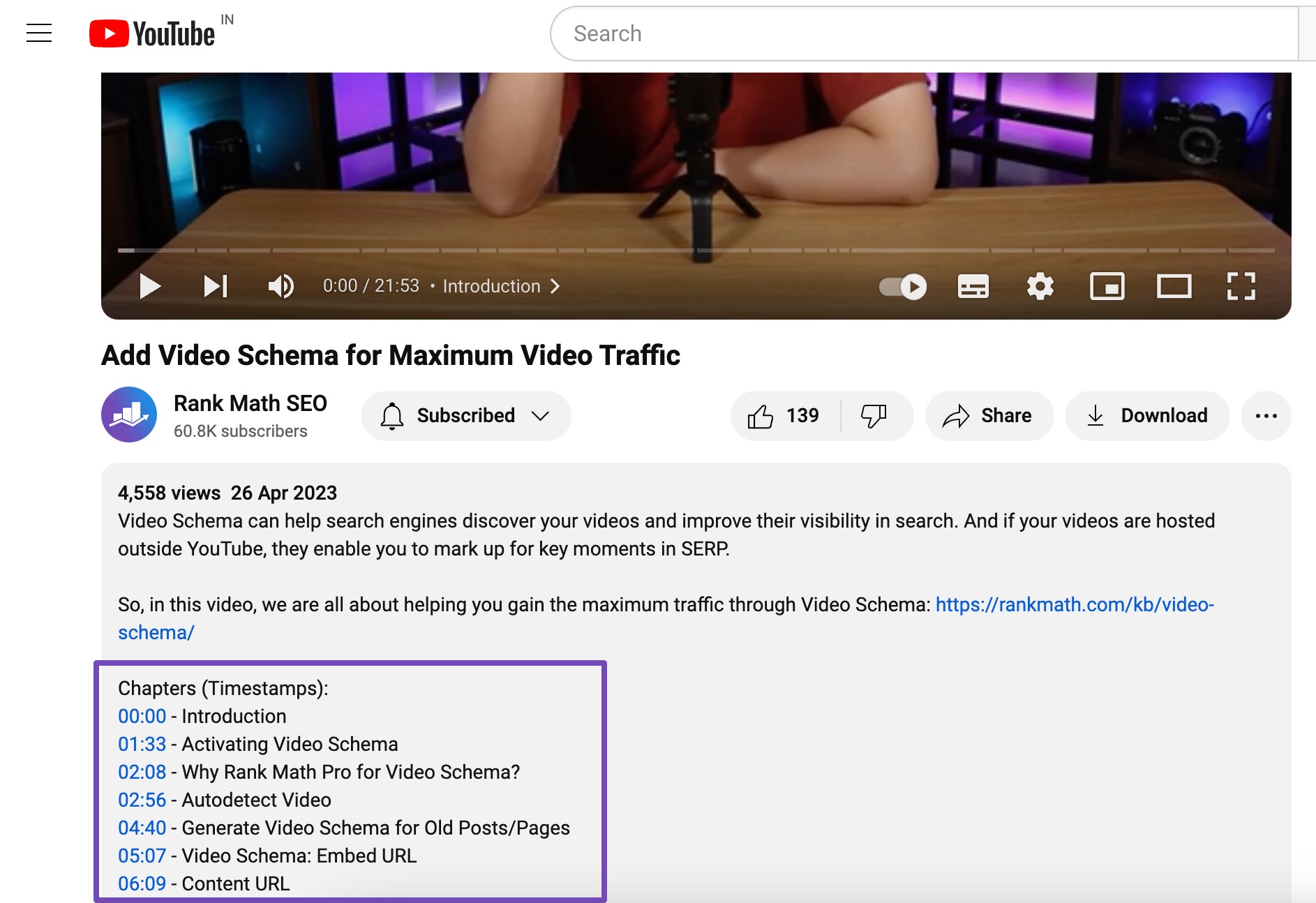
Here are some best practices for creating effective time stamps:
- Use the MM:SS format (minutes:seconds) for time codes.
- Place the label (a brief description) on the same line, separated by a colon or hyphen.
- Keep labels concise to avoid truncation by Google.
- Ensure the time stamps follow the chronological order of your video.
2.5 Embed Your Videos on Relevant Webpages
When you place videos on pages that are closely related to the content they cover, you enhance their visibility and relevance, which can positively impact their search engine ranking.
Embedding videos within pages that match the topic of the video helps search engines understand the context and relevance of the content.

Videos embedded in relevant webpages tend to engage visitors more effectively, leading to longer time spent on the page and lower bounce rates.
Embedding videos within relevant pages creates opportunities for internal linking. By linking to other related articles or sections within your site, you can guide the audience to additional valuable content.
3 Conclusion
Video SEO is not just about getting your content seen—it’s about ensuring that your videos are found by the right audience at the right time.
By implementing the practices mentioned in this post, we hope you can significantly enhance your video’s visibility, reach a wider audience, and achieve sustained success in the competitive world of online video.
Remember, the key to effective video SEO lies in continuous learning and adaptation, staying updated with the latest trends, and always focusing on delivering value to your audience.
If you like this post, let us know by Tweeting @rankmathseo.

